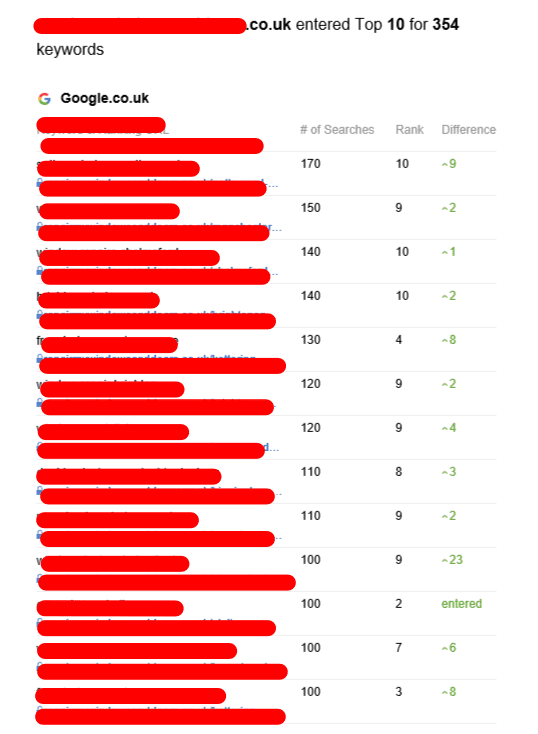Tiered Link Building - The Dangers of Black Hat Link Building
Tiered link building is a great method to improve your search engine rankings. It is important to keep in mind that black-hat tactics can be harmful. Search engines such as Google have been slashing down these practices for years, with their numerous updates.
It is crucial to avoid using black-hat SEO techniques like PBNs or blog commenting. These techniques are a waste and could result in penalties from Google.
First-tier links
This method of building links involves placing links on websites that have an excellent domain authority (DA) and a lot of monthly traffic. It is a great way to get your site noticed by search engines. However, it's not the best solution for every situation. It could lead to an occasional boost in rankings however, it is crucial to pay attention to the quality of your backlinks.
The primary goal of first-tier links is to increase your backlink profile using some high-quality, natural-looking links. This will help you rank for keywords that are relevant to your industry. This will also help you gain an improved reputation for your website which is essential for receiving the most traffic from search results.
Although some black hats endorse it, it's still an extremely risky strategy. It's not in line with Google Webmaster Guidelines If a human reviewer finds out, they could take a manual action which could have a huge impact on your rankings.
To avoid this to avoid this, you must make your first-tier link appear as natural as possible. That means they should be beneficial to the article in which they are embedded, and shouldn't be obvious or overly-spy. It is also an excellent idea to determine whether the directory to which you're posting your first-tier links has been registered with Google. You can confirm this by entering the URL of the directory in any search engine, such as Google and then examining how many results show up.
Second-tier links
Tiered link building can be an excellent method to increase the effectiveness of your PBN, however it's not without risk. Google is snatching at links that appear to be fake, and the low-quality link tiered linking construction relies on will become less effective over time. This type of link building can result in penalties for your site, and can even reduce your rank.
It is crucial to avoid being penalized by using white-hat methods when creating your second-tier link. For instance, you should utilize high-quality content on websites that are relevant to your field. what are tier 2 links will be more trustworthy than forums or comments, and are more likely to be clicked by users. It is also possible to submit articles to relevant directories. Sign up for HARO. This email subscription service will send you daily email updates on the subjects that journalists are interested in covering.
Second-tier links not only boost the authority of your PBN however they can also boost the quality and quantity of your primary backlinks. This is because, if you create second-tier links for sites with strong domain authority, they'll assist to boost the authority of your primary backlinks. It's best to mix second-tier standalone links with second-tier secondary links used in conjunction primary links. This will increase the benefits.
Third-tier links
Tiered link building is a popular method for increasing the authority of websites. It can be used to boost rankings, boost the number of visitors to your site, and increase revenues. This method involves creating a chain of links that gradually improves in quality. It also allows you to bypass spam filters.
If not done correctly link building for tiers can be an unwise process. If you are using many links that aren't of good quality, it could cause Google to penalize your site. Google's Webmaster Guidelines do not allow for tiered linking.

Tier 1 links are of the best quality. They should be linked to the keywords you're targeting and should be relevant to the content on your page. This will help your site rank for the keyword you're trying to rank for, which will result in increased traffic.
Tier 2 links are of lower importance. They're typically links to blogs, directories Q&A websites, and social media profiles. Tier 3 links are usually slightly more shady, but they can still provide value to your link profile. They include links in forums, comment sections and bio profiles. Generally speaking, those who engage in tiered link building tend to throw quality, relevancy and context out of the window at this stage. They use automated tools to create third-tier links and connect them to low-authority websites.
Fourth-tier links
Tiered link building can be an effective way to boost the rank of a website's organic search. It's only efficient when utilized in conjunction with other white-hat SEO strategies. In other words, it could cause your site to be penalized by Google. Google penalizes sites using tiered links as they are typically associated with poor quality content.
Tiered links can also be linked to blogs and websites that are not of high quality. They may lose their value if search engines start to think they are spammy and irrelevant. These links are also found on low-quality profiles on social media, web 2.0 platforms and other sites that contain user-generated content. These backlinks are typically of poor quality and could be created by using automated tools.
In addition to these disadvantages, using tiered links can create a backlink profile which is over-exaggerated and can hurt a website's search optimization. It is difficult to differentiate between high-quality as well as low-quality links. Additionally, it can be costly for a business to manage a large number of backlinks. It is best to use an approach to build links that is tiered together with a large content marketing campaign. This will ensure that your content is relevant to the targeted audience and will be more likely to drive traffic to your site.
